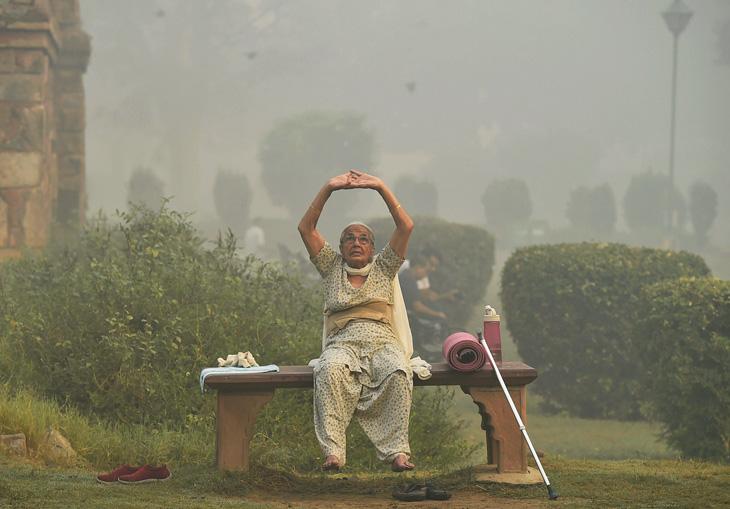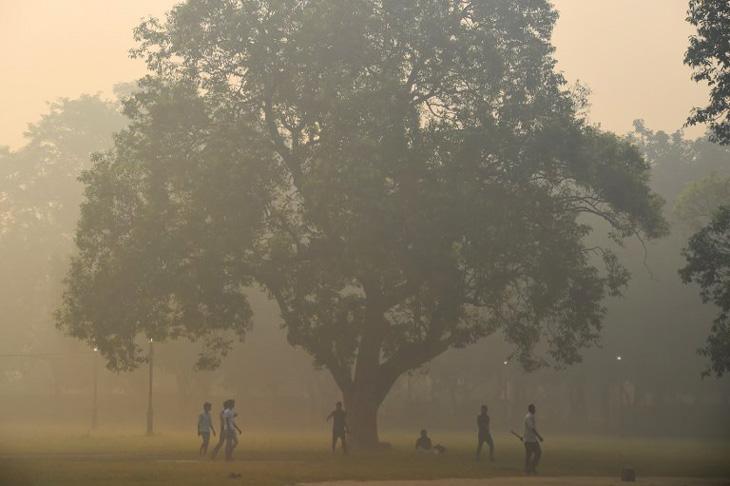Firecracker ban reduced Diwali pollution, but it was still at a harmful level
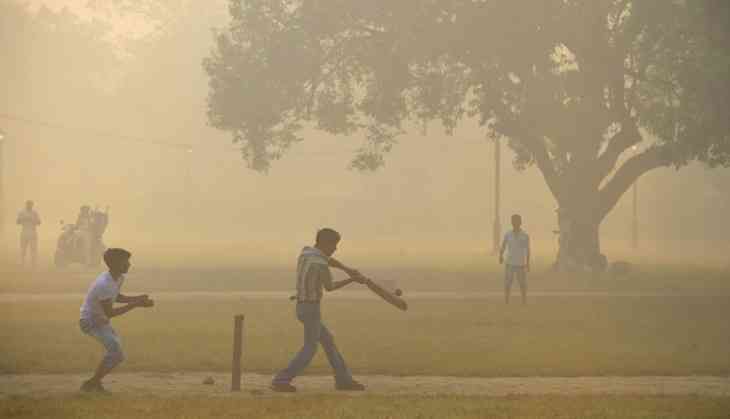
Despite Supreme Court’s ban on the sale of firecrackers, the National Capital Region (NCR) woke up to a blanket of smog a day after Diwali. Areas such as Lodhi Road and India Gate were severely affected as early-morning joggers were seen wearing face masks and were unable to breathe properly.
Even though the ban did not make much of a change, it was noted that celebrations picked up only gradually on Thursday. However, as the festivities increased, so did the firecrackers and the air pollution.
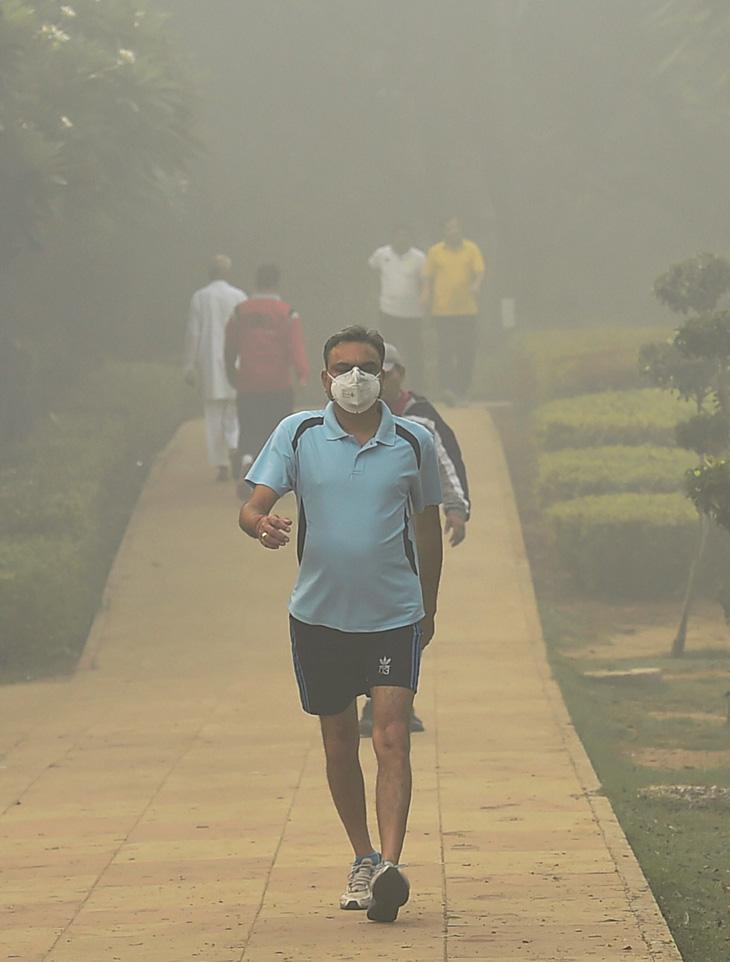
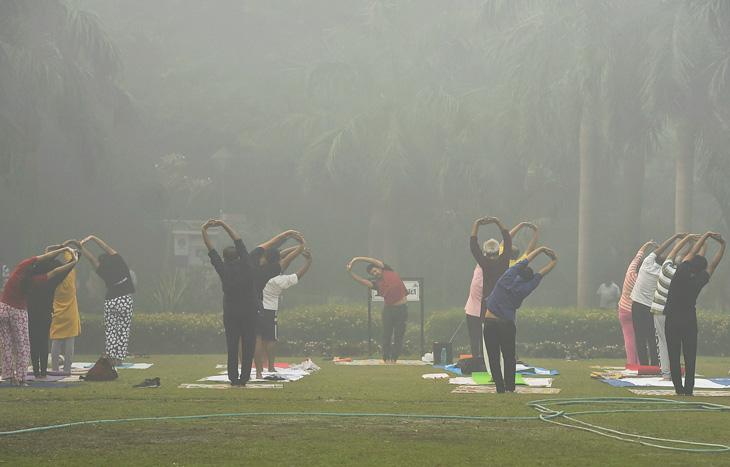
According to the System of Air Quality and Weather Forecasting and Research (SAFAR) and Central Pollution Control Board, the Air Quality Index (AQI) shot up considerably from 319 on Thursday evening to 340 on Friday morning. This is still less than last year's 431.
Some of the most polluted areas included Anand Vihar, Punjabi Bagh, Mandir Marg and RK Puram, where AIQ was as drastic as 978.
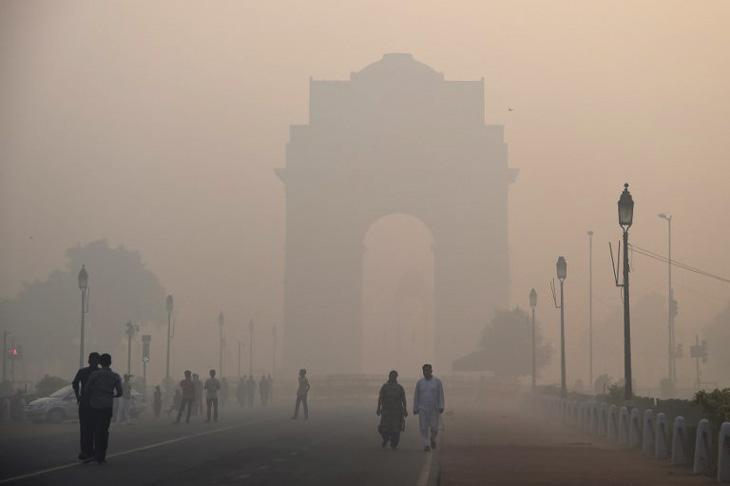
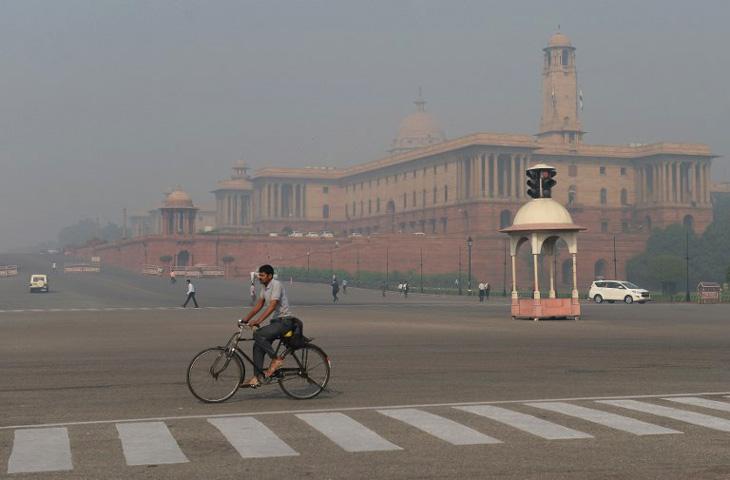
Additionally, Particulate Matter (PM), which measures the sum of all hazardous liquid and solid particles in the air, was 424 micrograms per cubic metre (for PM 2.5) and 571 micrograms per cubic metre (for PM 10).
The ideal range for AQI is anything between 50-100, whereas for PM10 and PM2.5, the satisfactory limit is up to 100 and 60 microgram per cubic metre respectively.
Hence, while many of us might be rejoicing at the “clean” Diwali we had this year, it’s time to assess the real damage caused. Yes, the pollution levels were better than last year, but how “better” were they really?
